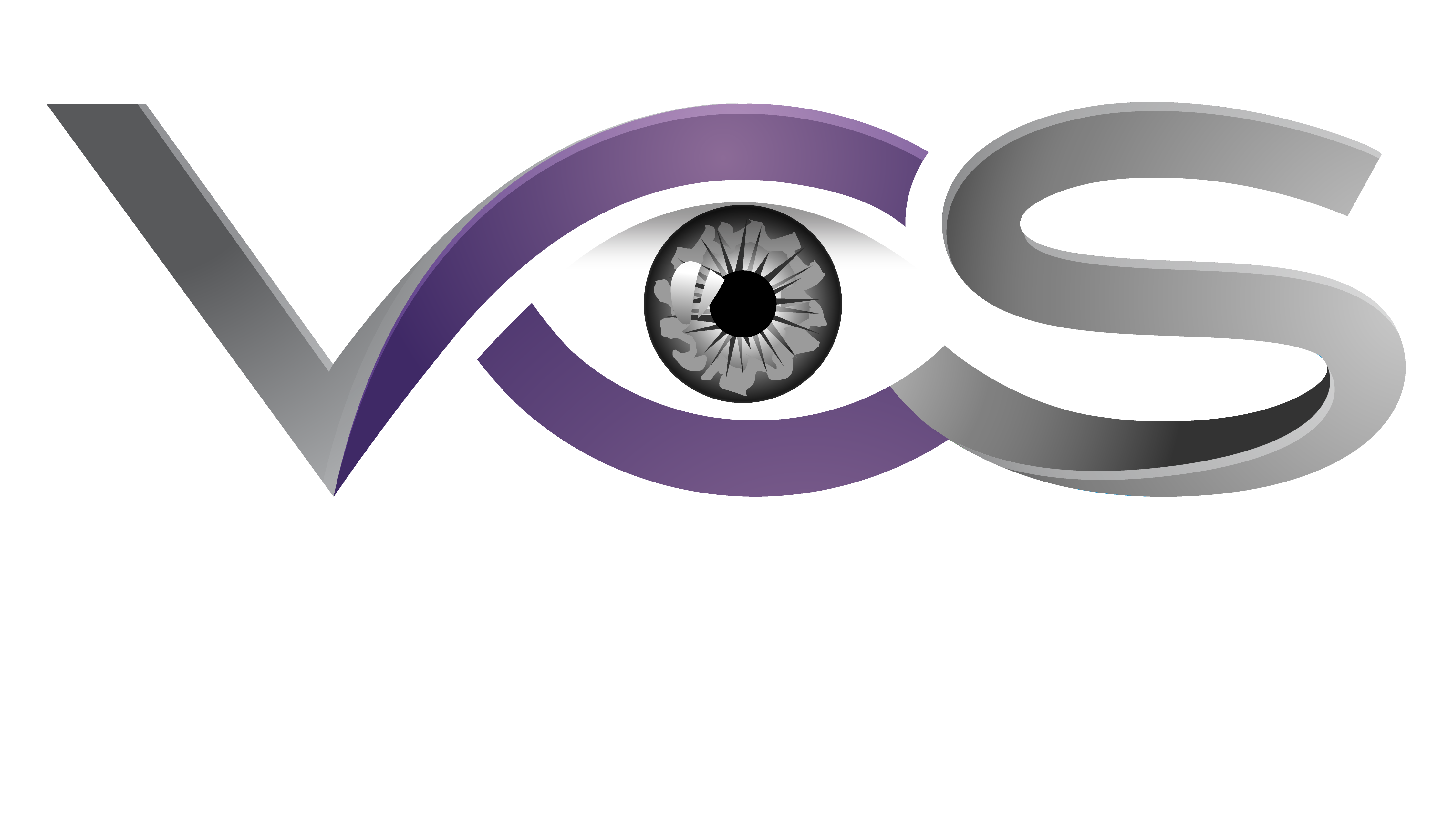An FDA study showed that approximately twice as many patients could see 20/20 or better after their final prescription was “written” onto the lens, compared to standard IOLs



Just like your glasses have a unique prescription, every eye needs an intraocular lens (IOL) with a unique power. To determine this power, measurements of your eye are taken before surgery. A series of calculations are then performed to determine the power of the IOL according to your target vision.
As you might expect, these prediction formulas are not perfectly accurate for every patient because of individual differences in eye anatomy and healing.
Certain factors may make IOL power selection much less accurate, such as a history of prior refractive surgery like LASIK, PRK, or RK (radial keratotomy) . Others are born with an unusually flat or steep cornea.
An adjustable IOL may be especially beneficial for these situations. Those who want some degree of blended vision —using one eye for distance and the other for near — will enjoy the precision of the LAL because of its ability to fine tune each eye for its optimal target.
What is the Difference Between a Regular (Fixed) Lens and an Adjustable Lens?
Watch the video to the right to find out.
How does the LAL actually work?
The power of any lens depend on it’s shape and curvature. Traditionally, intraocular lenses are made from materials that cannot be changed after the lens is manufactured.
The LAL is different: it contains molecules that are light-sensitive that can be adjusted by an external UV light beam, which alters the shape of the IOL without requiring additional surgery. As the shape of the IOL changes, its power changes, which can adjust for astigmatism, nearsightedness, or farsightedness.
How does a Light-Adjustable Lens (LAL) work?
Watch the video to the left to find out


What to expect after surgery
The cataract surgery procedure is basically the same as with any other lens. The magic begins a few weeks after, once your eye has healed and your vision had stabilized.
The lens adjustments are performed with a Light-Delivering Device in our office. We will take some measurements of your eye(s) and then your eye(s) will be dilated. The treatments are painless and take about 5 minutes. It is possible to make up to 3 adjustments, although most eyes require only one.
When the result has been optimized, a final “lock-in” treatment is performed, after which the lens can no longer change or be adjusted. After lock-in, no extra protection is needed for sunlight or UV light.
What To Expect with the Light Adjustable Lens
Watch the video to the right to find out.

